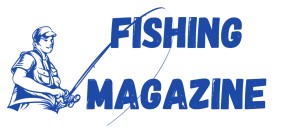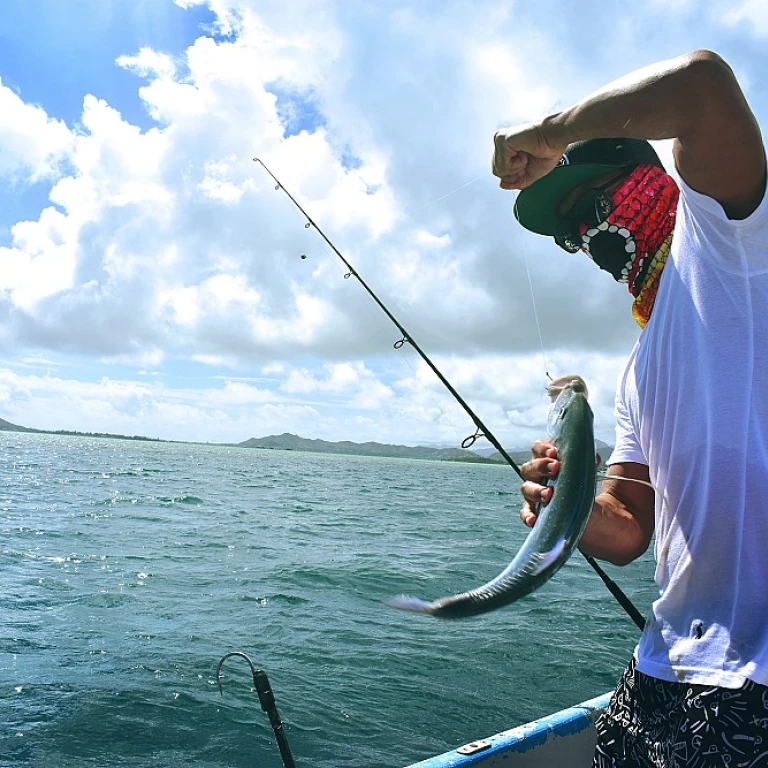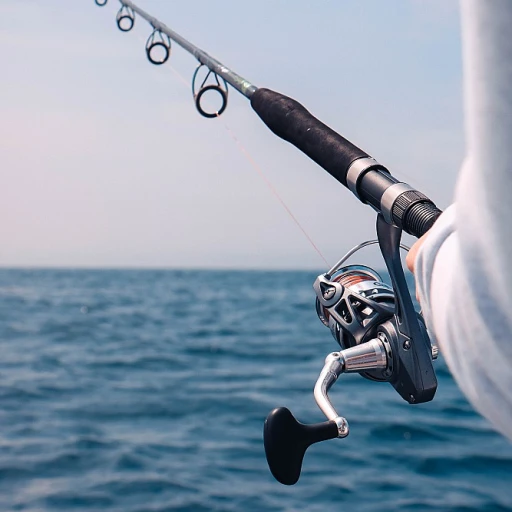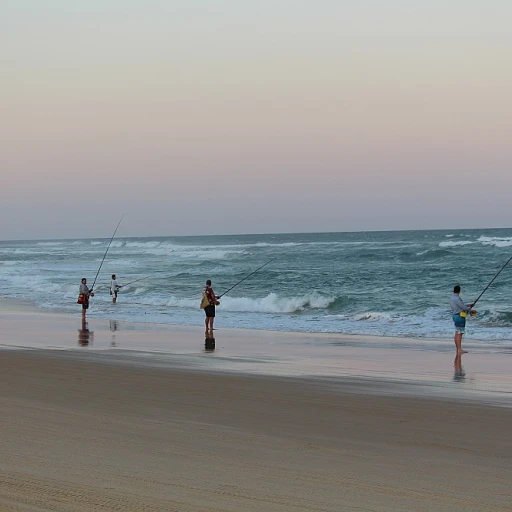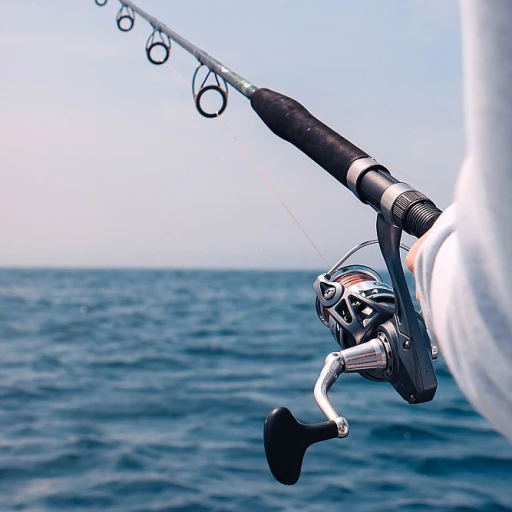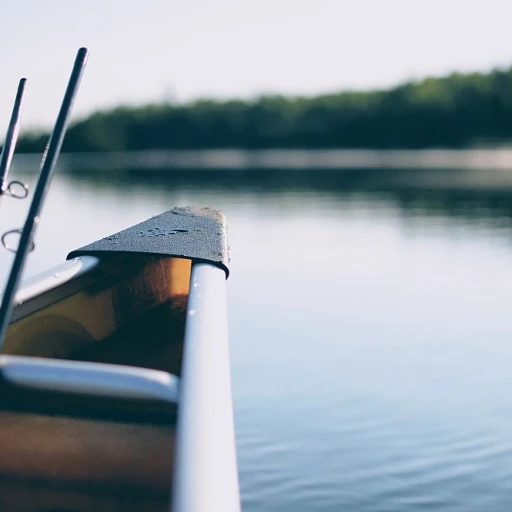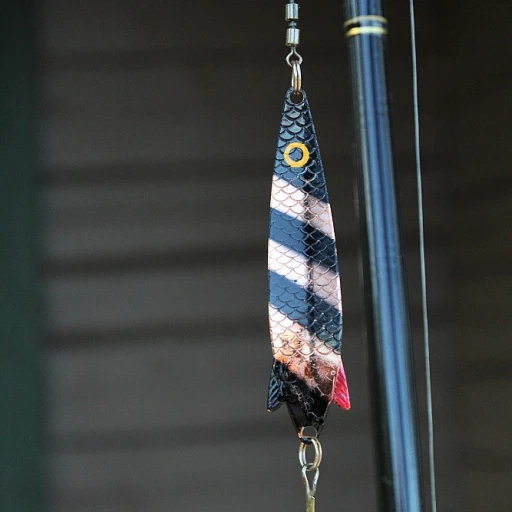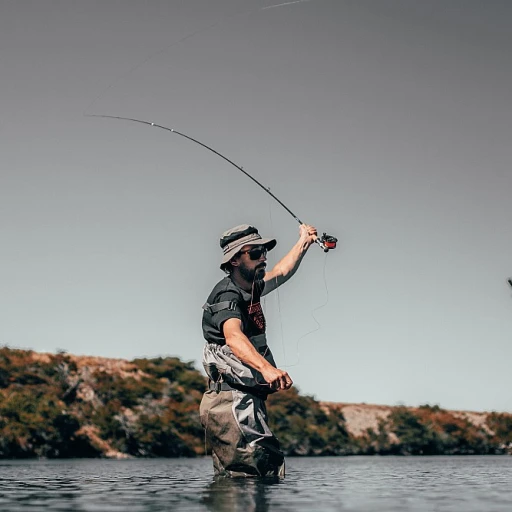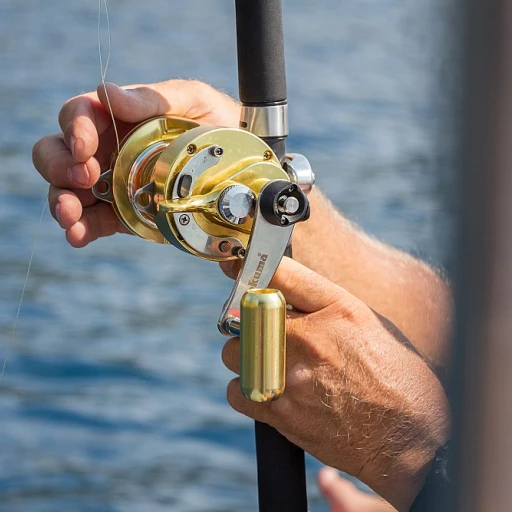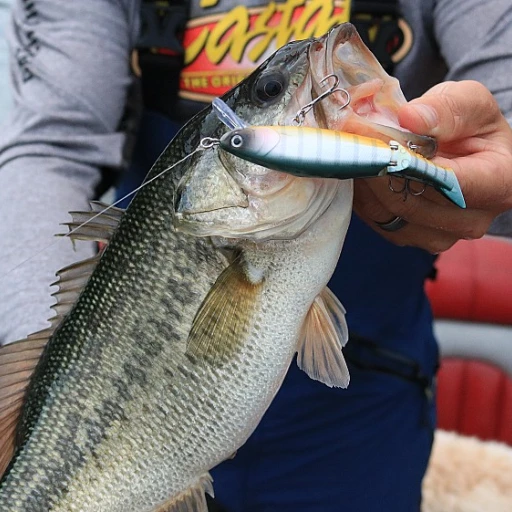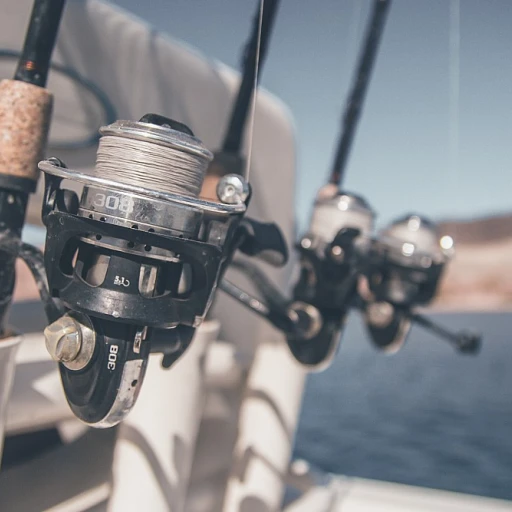
Understanding Fort Hall's Unique Fishing Environment
Discovering the Unique Ecosystem
Fort Hall, nestled within the expansive Snake River basin, offers a distinct fishing environment that attracts anglers from all over. The area is renowned for its diverse aquatic habitats, including the hall bottoms, spring creeks, and the main river channels. These waters are home to a variety of fish species, with cutthroat trout being a prized catch among fishermen.
The Role of the Shoshone-Bannock Tribes
The Shoshone-Bannock Tribes play a crucial role in maintaining the ecological balance of the Fort Hall Indian Reservation. Their efforts in habitat restoration and enhancement projects have significantly improved the habitat conditions for resident fish. These initiatives ensure that the fish wildlife thrives, providing a sustainable fishing experience for both tribal members and visitors.
Understanding the Water Dynamics
The water dynamics in Fort Hall are influenced by the Snake River and its tributaries. The river's flow and the interconnected streams create a complex aquatic system that supports a rich biodiversity. Anglers need to understand these dynamics to effectively fish the bottoms and maximize their catch. For those interested in learning more about the dietary habits of fish in these waters, this guide on fish diets can provide valuable insights.
Permit and Regulations
Fishing at Fort Hall requires a tribal permit, ensuring that the fishing activities align with the conservation goals set by the Shoshone-Bannock Tribes. These regulations are in place to protect the fish populations and their habitats, promoting a balanced ecosystem for years to come.
Essential Gear for Bottom Fishing at Fort Hall
Gear Selection for Successful Deep Exploration
Before casting a line into the enriching waters of Fort Hall's Bottoms, selecting the right gear is crucial. To triumph in this distinctive environment, anglers need to arm themselves with equipment prime for bottom fishing. The choice of tackle and bait plays a significant role in conquering the depths teeming with aquatic life.
- Rods and Reels: A sturdy rod with medium to heavy action partnered with a reliable reel can withstand the pressures of deep water fish games. Look for durability that matches the habitat conditions of the Snake River.
- Lines: Braided lines are often preferred by veterans of this area as they offer both strength and sensitivity, crucial for detecting subtle strikes from riverbed dwellers.
- Baits and Lures: Resident fish such as cutthroat trout call for a selection of artificial baits mimicking their natural diet found in the river and streams of Fort Hall Reservation.
The time spent understanding the interplay between the Shoshone Bannock tribal fish habitat and available gear is invaluable to success in these waters. Mug up on these essentials before heading to the river's depths for a rewarding experience.
Techniques for Successful Bottom Fishing
Mastering the Art of Bottom Fishing Techniques
For avid anglers looking to explore the depths of Fort Hall, honing bottom fishing techniques is essential to reaping abundant catches. The diverse aquatic habitat, influenced by the unique conditions of the Snake River and its tributaries, requires specialized strategies for success. Fort Hall is renowned for its resident fish species like catfish and cutthroat trout, which thrive in the varied habitat conditions. The hall reservation and its intricate spring creeks provide natural habitat enhancement, lending a competitive edge to those familiar with their techniques.- Understanding the Bottoms: The hall bottoms are a complex network of channels and streams that can be navigated more effectively with a well-crafted approach. Utilizing technology such as fish finders can be an asset in locating fish concentrated near structures or drop-offs.
- Bait Selection: Choosing the right bait is crucial. Fish game enthusiasts often favor live bait like nightcrawlers or minnows, as these attract bottom-dwelling species. The muddy waters of Fort Hall present an excellent opportunity to experiment with various scents and colors to entice elusive fish.
- Rigging Effectively: A classic setup that proves effective involves a slip-sinker rig, allowing the bait to rest naturally on the river bed while minimizing resistance when a fish takes the bait. Employing a strong hook and durable line ensures preparedness for the relentless pull of a hooked river giant.
- Casting and Retrieval Techniques: Since you'll be targeting fish in deep waters, patience is vital. Allow your bait ample time on the bottom, occasionally twitching to simulate movement that intrigues nearby fish. Varying retrieval speeds and re-casting to different depths enriches your fishing experience and improves success rates.
Safety Considerations for Fort Hall Fishermen
Prioritizing Safety When Fishing in Fort Hall
The beauty and challenge of the Fort Hall Reservation's waters come with unique safety considerations that every angler should heed. As you navigate the meandering streams and deeper river channels, it remains essential to be prepared.- Current Awareness: The Snake River and its tributaries can have unpredictable currents, particularly in the deeper bottoms. Check the local water conditions regularly and be aware of any unusual changes that might pose a risk.
- Fishing Permit: Ensure you possess a valid tribal permit when fishing on the Shoshone Bannock tribal lands. Compliance with the local regulations not only supports the conservation efforts but also keeps your fishing experience hassle-free.
- Weather Preparedness: Fort Hall's weather can shift rapidly, transforming a serene day into a challenging situation. Carry essential weather gear and keep an eye on forecasts.
- Wildlife Awareness: The reservation is a sanctuary for diverse fish wildlife, including resident fish like the revered cutthroat trout. While a joy to encounter, it's important to maintain a respectful distance and avoid disturbing their natural habitat.
- Communication: Mobile reception can be unreliable in remote areas. It's prudent to let someone know your fishing plans and expected return time.
- Boating Safety: If you're venturing into the water by boat, ensure it is well-maintained and equipped with life jackets. The river's bottoms and spring creeks may hide submerged hazards.
